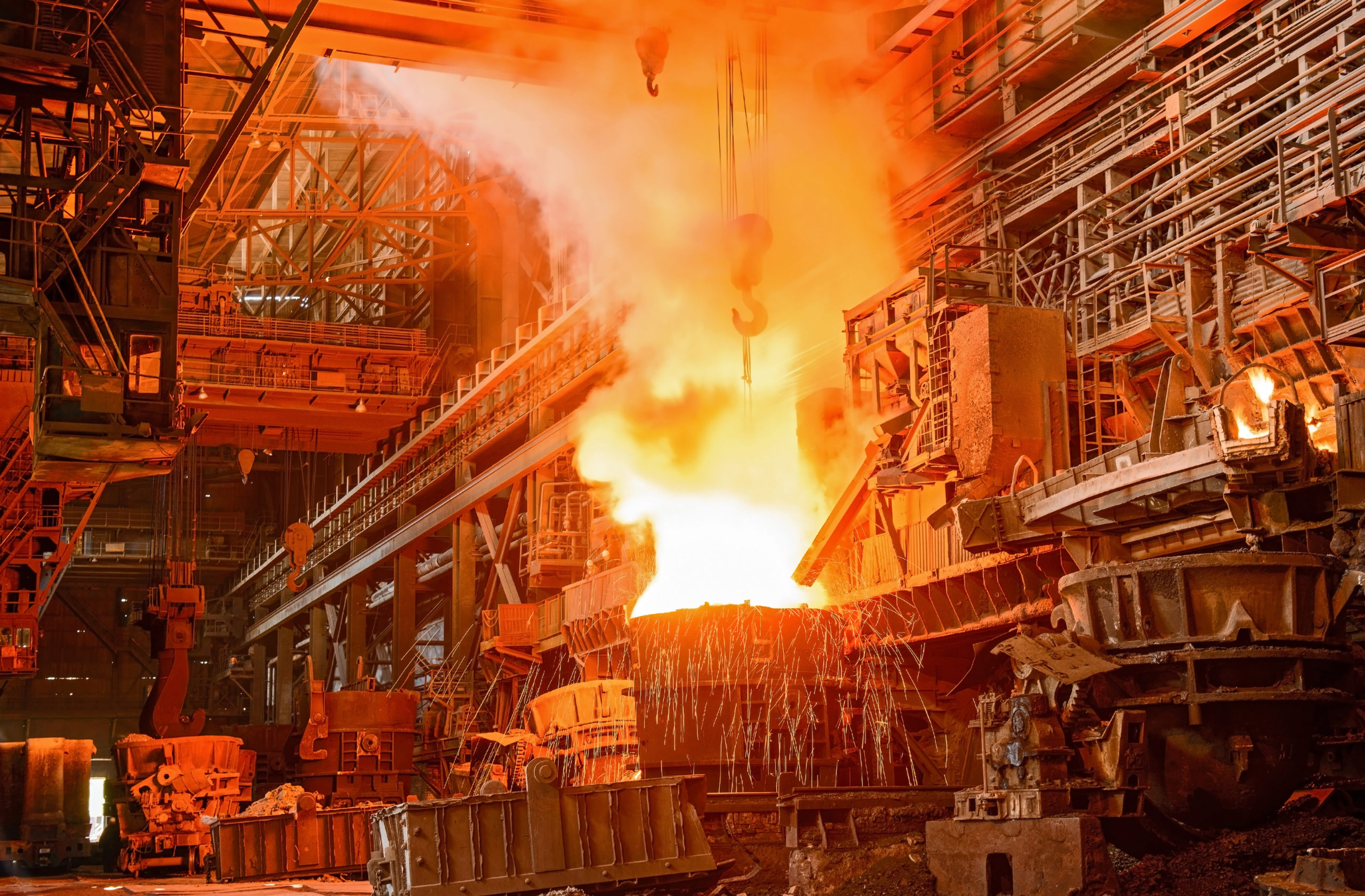It has been hinted at by investigators that the recent Notre Dame fire was the result of hot work as part of a restoration programme. This will not be the first time a fire of this kind has severely damaged or destroyed an iconic building, as so far this year there have been almost 200 fires in heritage buildings in the UK alone.
One example of this was a blaze at the famous Mandarin Hotel in London last year which took almost six hours to extinguish. It was reported to have been undergoing a multi-million-pound refurbishment with the London Fire Brigade later stating that the fire was believed to have started “by the by product of arc welding landing on the felt lining of the planting façade.”
Hot work by contractors and own maintenance staff can include any type of work involving the use of gas or electric welding or cutting apparatus, blow lamps, blow torches, grinding wheels, cutting discs, or bitumen or tar boilers.
What Can Be Done to Avoid These Tragic Fires?
In their latest blog post, RiskSTOP have stated that the key control measure is a Hot Work Permit.
Kenny Dalziel, Technical Consultant at RiskSTOP comments:
“Clearly the first step in any situation is for the contractor to provide suitable risk assessment and method statements in relation to the proposed work. These should be vetted by on site personnel to ensure that the work is to be carried out in the safest possible manner, as well as ensuring the contractor is competent to undertake the proposed work and they have adequate liability insurances.”
He also says:
“Other things to consider include, does the hot work have to be carried out at all or is there an alternative way of doing the work that doesn’t involved the use of heat. If the use of heat is required, could the work be done in a safe area away from the building? If the work has to completed in situ, then a suitable Hot Work Permit should be provided by a suitably authorised representative of the business, with this person also responsible for the supervision fo the contractors while they are on site. The authorised person should be somebody who is familiar with the risk and controls associated with hot work.”
What Other Precautions Can Be Taken?
A Hot Work Permit generally should make clear the nature of the work being carried out, the location within the property and the precautions required throughout. If the work is likely to take more than one day or across shifts, then additional permits should be supplied.
Another aspect that may need to be taken into consideration is ensuring that the area around the work is cleared of combustible content, or where this is not possible the use of fire rated coverings should be considered. Suitable fire extinguishers need to be provided and ensure that the contractors are trained in their use. It may also be useful to have a second person observing the work being carried out and looking for the initial signs of fire.
If possible, hot work should be carried out as early in the day as possible to ensure that staff remain on sit for the full duration of the fire watch period.
On completion of the work, a continuous fire watch within the area must be undertaken which should be for a minimum of sixty minutes. Only once this has been completed should the permit be closed off.
A common comment when discussing the need for a Hot Work Permit system is that the site never has such work. Hot work is often unplanned maintenance or is part of renovations. The use of a well laid out permit will help to ensure the hot work is carried out in a controlled manner.
If you have any questions in regards to the information that you have read within this article, please contact a member of our team.
